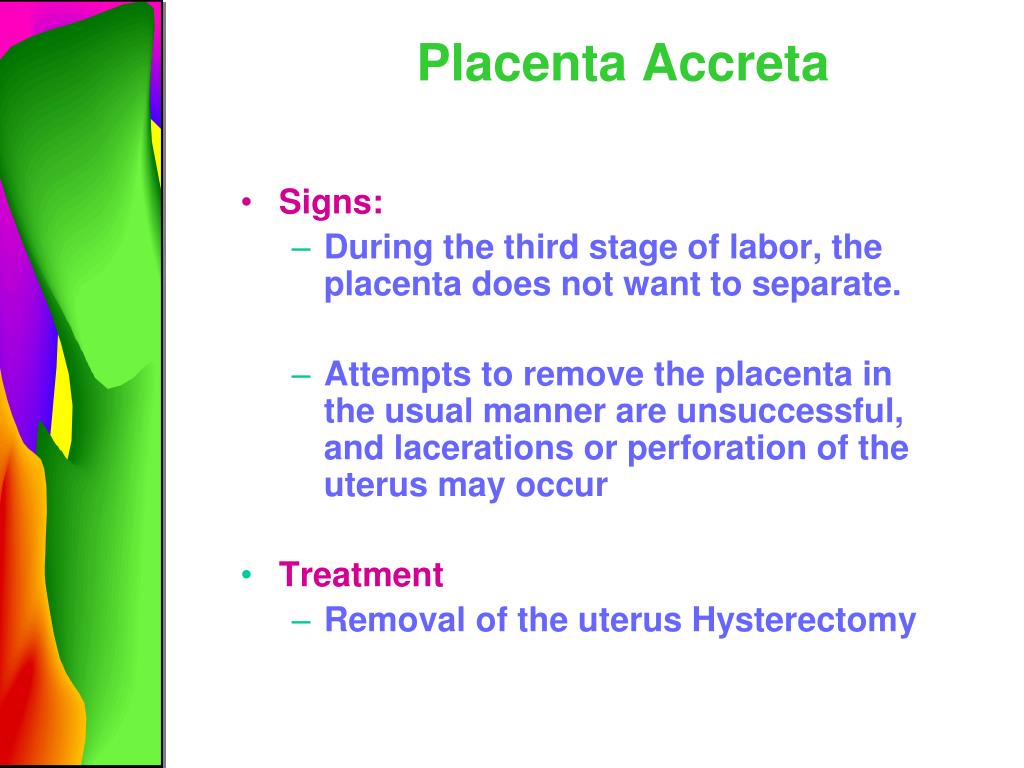


Gentamicin should be added to the above combination in cases of endo myometritis (tender uterus) or overt sepsis.Antibiotics – usually a combination of ampicillin (clindamycin if penicillin allergic) and metronidazole.The mainstay of treatment in secondary PPH is with antibiotics and uterotonics: Speculum examination is important in order to assess the amount of bleeding, and a high vaginal swab should be taken at the same time. On abdominal examination, the patient may complain of lower abdominal tenderness (usually a sign of endometritis), or the uterus may still be high (sign of retained placenta). For example, women with endometritis may also present with fever/rigors, lower abdominal pain or foul smelling lochia (the normal discharge from the uterus following childbirth). However, approximately 10% of cases will present with massive haemorrhage – and this can quickly lead to hypovolemic shock.Īdditional clinical features will depend on the underlying cause. The patient may complain of spotting on-and-off for days after her delivery, with an occasional gush of fresh blood. In contrast to primary PPH (an acute condition requiring immediate management), the bleeding in secondary post-partum haemorrhage is usually not as severe. The main symptom of secondary post-partum haemorrhage is excessive vaginal bleeding.


 0 kommentar(er)
0 kommentar(er)
